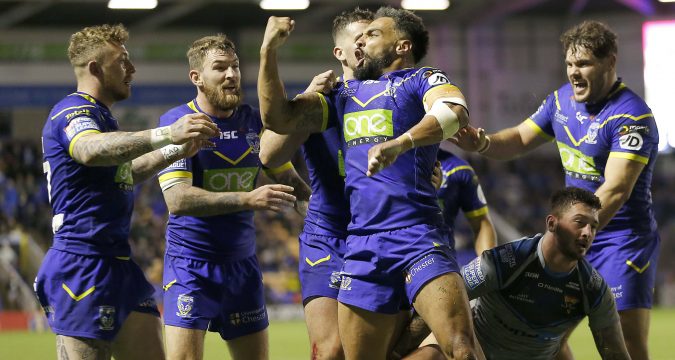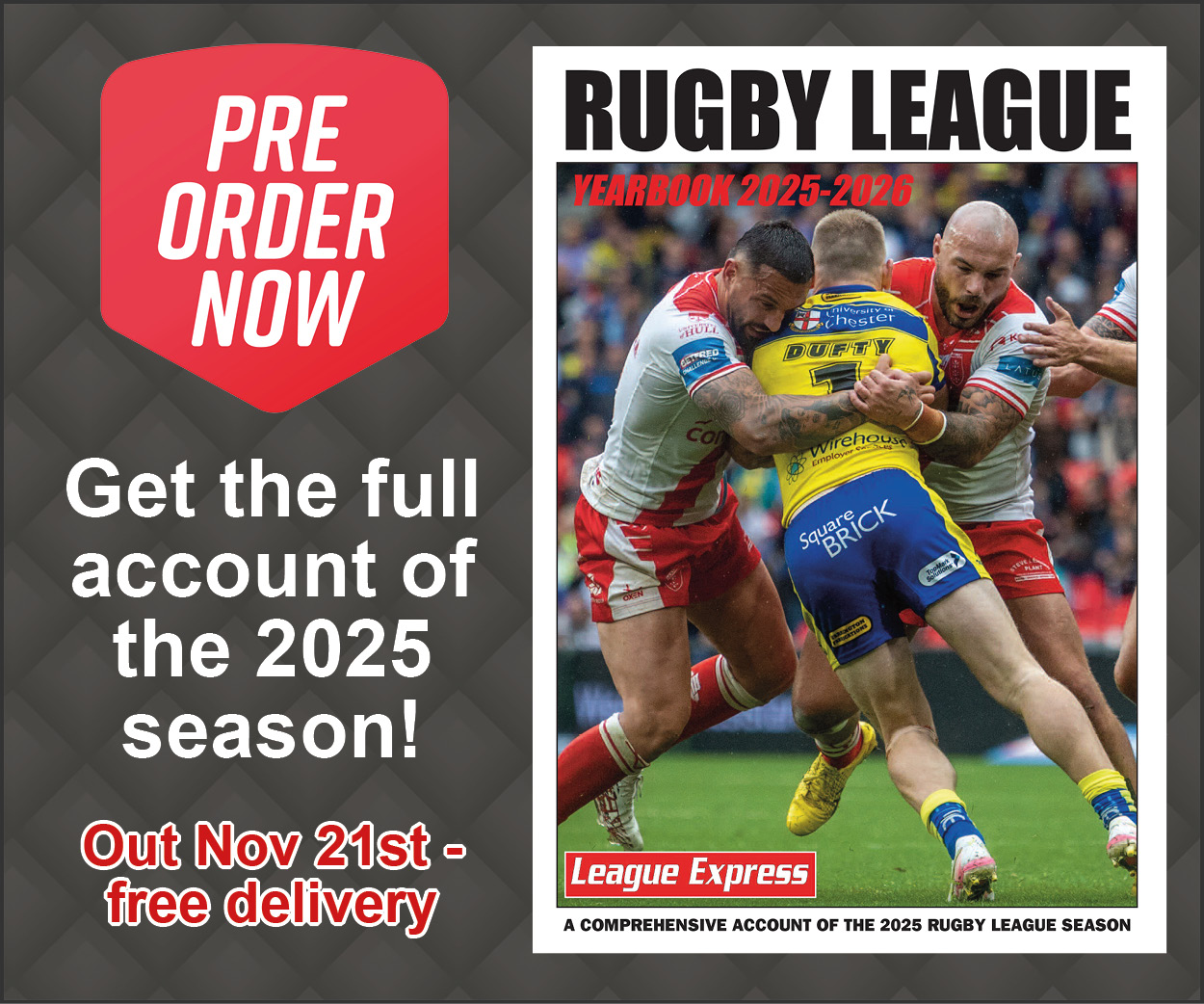 There are only a few things that happen more frequently in Rugby League than league structure revamps, one of them is rule changes.
They can often be smart advancements, take the corner flag ruling as one of those, or they can be awful, remember that rule that allowed you put your foot out of play and take the ball dead? Atrocious.
In recent
There are only a few things that happen more frequently in Rugby League than league structure revamps, one of them is rule changes.
They can often be smart advancements, take the corner flag ruling as one of those, or they can be awful, remember that rule that allowed you put your foot out of play and take the ball dead? Atrocious.
In recent Super League rule changes move the sport into the future
 There are only a few things that happen more frequently in Rugby League than league structure revamps, one of them is rule changes.
They can often be smart advancements, take the corner flag ruling as one of those, or they can be awful, remember that rule that allowed you put your foot out of play and take the ball dead? Atrocious.
In recent
There are only a few things that happen more frequently in Rugby League than league structure revamps, one of them is rule changes.
They can often be smart advancements, take the corner flag ruling as one of those, or they can be awful, remember that rule that allowed you put your foot out of play and take the ball dead? Atrocious.
In recent 
